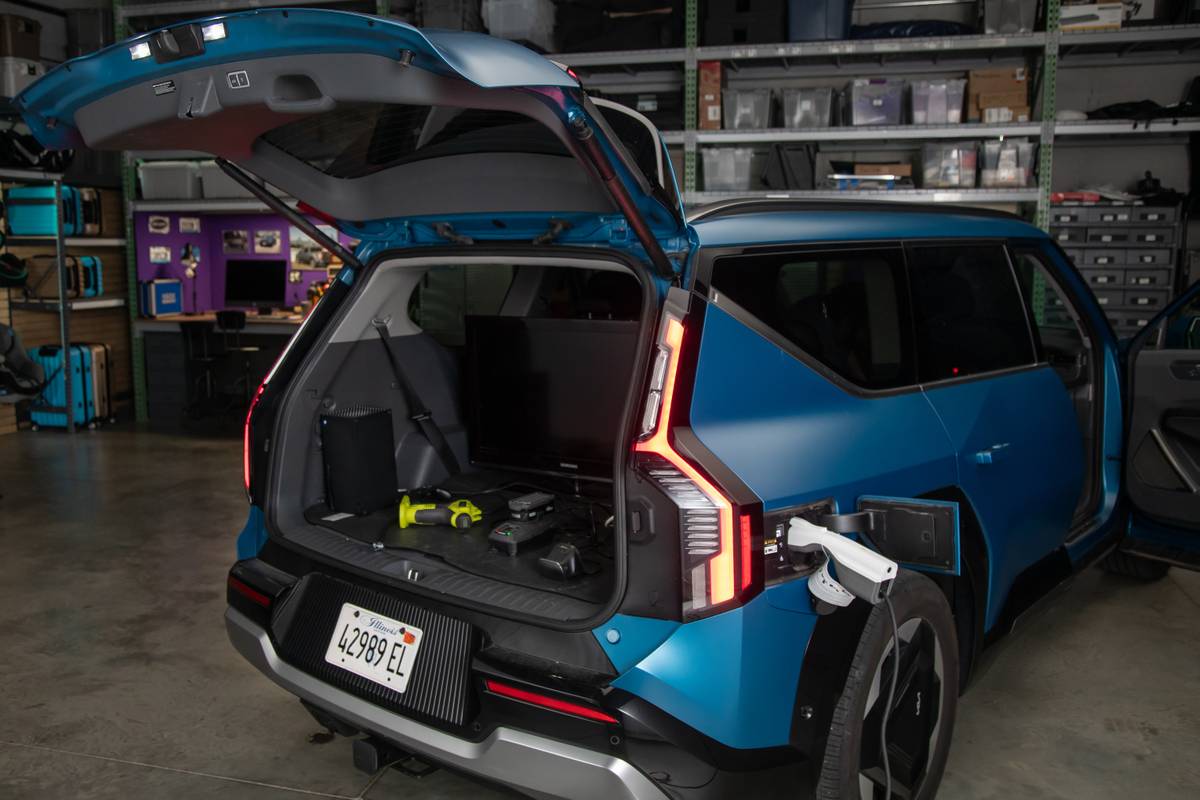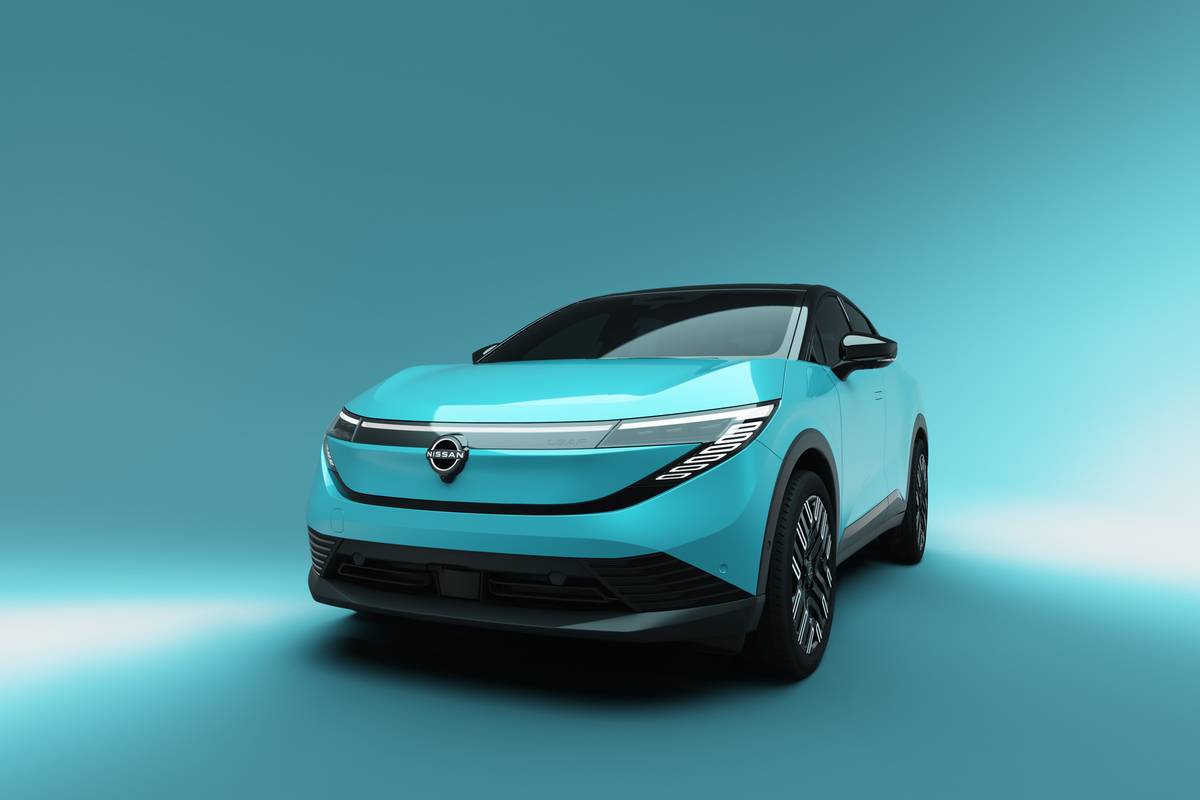The Detroit News's view
Even empty-nesters like minivans. In fact, as more families make the switch to sport-utility vehicles, older consumers whose children have long since flown the coop seem like ideal prospects for the redesigned 1999 Mercury Villager, particularly the fancy new $27,690 Estate model that we drove.
For one thing, we can’t think of too many younger families who can afford to spend that kind of money on a minivan. For another, the Villager seems just the right size for two to four people – provided they aren’t carrying a lot of luggage.
As much as we like what Ford has done with the Villager – in its first major overhaul since the minivan was introduced in 1992 – we have some reservations about the vehicle’s safety features (or lack thereof) and its potential appeal to more traditional minivan buyers.
Paul: There’s so much gold trim on the ’99 Villager Estate, it could be the official vehicle for the World Wrestling Federation, don’t you think?
Anita: Actually, I almost miss the old Nautica edition, which has been discontinued. Ford has totally revised the whole Villager line for 1999. It now comes in three series, including the base Villager, the Villager Sport and the model that we tested, the Villager Estate. This is not a subtle vehicle for wallflowers who just want to blend into the crowd. The Estate comes with a standard gold package that includes wheels with gold accents, a two-tone paint scheme with gold on the bottom, plus gold logos and gold inserts in the bodyside moldings.
Paul: Ford says it totally redesigned all the sheet metal on the ’99 Villager, but unless you see it side by side with last year’s model, I think most people would be hard-pressed to tell the difference. Inside the cabin and under the hood – well, that’s another story. There’s a larger and much peppier 3.3-liter V-6 engine driving the front wheels through a standard four-speed automatic transmission. The combination is good for 170 horsepower and 200 pounds-feet of torque, and you can really feel the extra oomph. Fuel economy also has been improved a tad, to 17 mpg in city driving.
Anita: Ford did a nice job in redesigning the cabin. Most of the controls are easier to reach, and there are some neat options available, including the new Travel Note system. It’s great. You can leave a message up to three minutes in length for your husband or your kids in the little digital voice recorder that’s built into the driver’s sun visor. I wish they’d included one on our test model.
Paul: Honey, I go to sleep some nights, and I can still hear your dulcet voice in my dreams – reminding me to empty the wastebaskets and take out the trash. You don’t need a Travel Note.
Anita: Ha! I’m a little troubled by the apparent lack of concern over safety features in the Villager, especially from a company that prides itself on – and brags quite openly about – the safety record of the Windstar. On the Villager, anti-lock brakes are still a $590 option, even on the top-of-the-line Estate. And you can’t get side air bags or traction control, like you can on the ’99 Windstar. That could be a real turnoff for families, especially for mothers with younger children.
Paul: My concerns are more about space. I think the new optional rear parcel shelf is a clever idea, and adds to the functionality of the vehicle. But the Villager, even though it’s 5 inches longer, still feels a bit cramped in the rear, and you’ll probably find yourself wishing at some point that you had more cargo space.
Anita: Thank goodness Ford has finally added a standard fourth door on the ’99 Villager. That was a glaring omission on the original Villager and its companion, the Nissan Quest.
Paul: The improvements on the ’99 model are worth some applause. I just wish Ford would have gone the extra step in the safety department. Then, they’d have not one, but two family-friendly minivans to crow about.
Latest news



